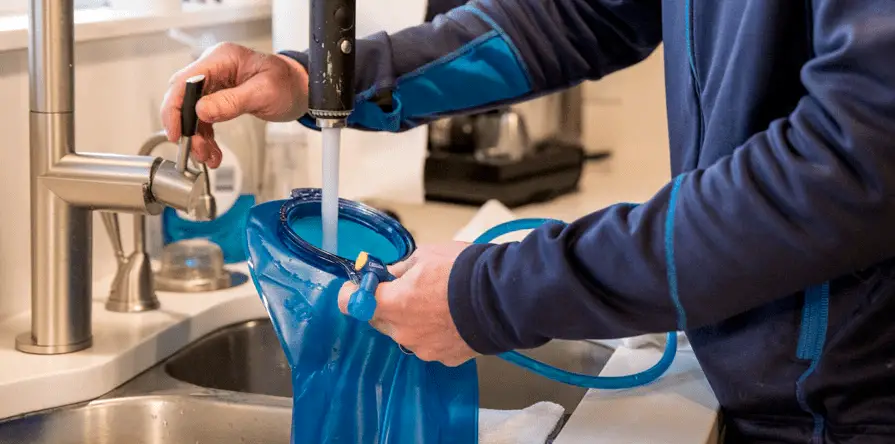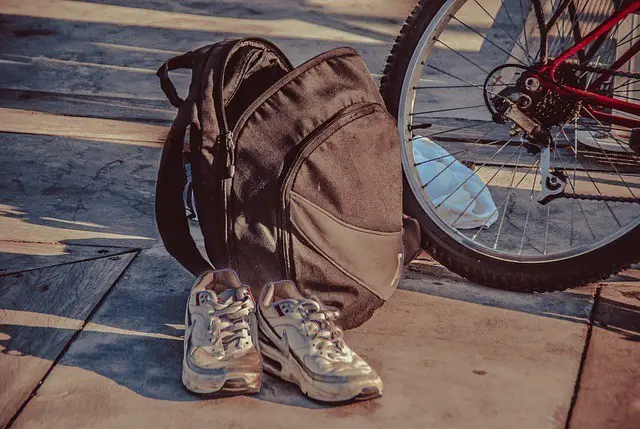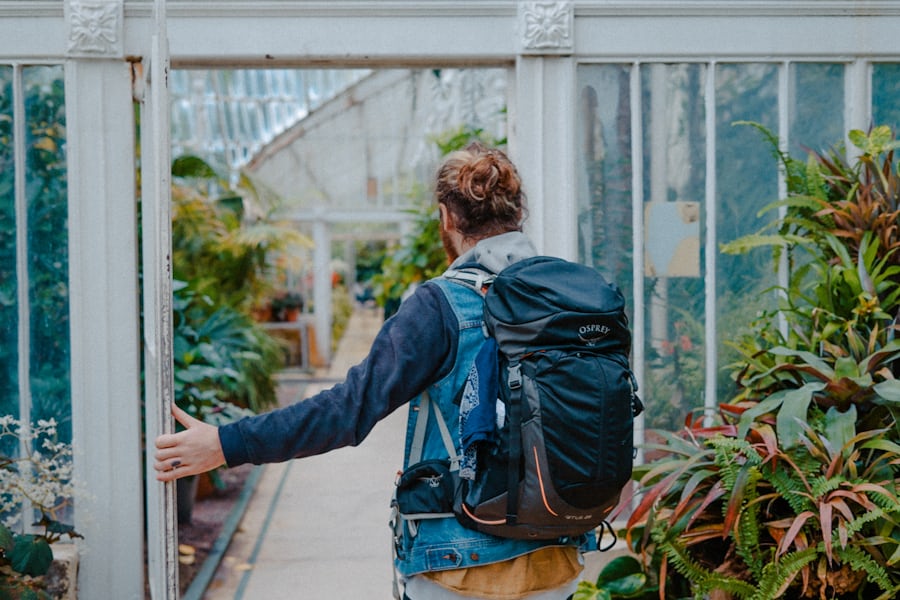Can You Put A Water Bladder In Any Backpack? (How To Guide)
Hydration backpacks are an essential piece of gear for anyone who is active and wants an easy and convenient way to stay hydrated. Whether you’re hiking, running, cycling, camping, or going on an afternoon walk, using a backpack with a bladder containing drinking water is a smart idea.
There are plenty of backpacks that are designed with built-in bladders to help users stay healthy and hydrated. But what if you don’t have a backpack that’s specifically designed for this purpose? If that’s the case, you might be wondering… can you put a water bladder in any backpack?
Find out here in this complete guide on how to put a water bladder in a backpack.
What Exactly Is A Water Bladder?
A water bladder is a reservoir that is designed to securely hold a certain amount of water - 1 liter, 2 liters, etc. It can be made from either rubber or flexible plastic and is durable enough to hold water without spilling, bursting, or ripping.
The bladder will have a capped mouth at the top where it can be filled with water. There is also a hose near the bottom of the bladder that can extend to the backpack-wearer’s mouth for easy, hands-free drinking.

Water Bladder Reservoir Capacities Explained
Like backpacks with different sizes, the size of the water bladder you need also depends on what your planned activities are and how long you plan on doing them. There are several different capacities to choose from, ranging from a small ½-liter bladder to bladders that can hold several liters of water.
This breakdown of the different reservoir capacities gives insight into what size bladder is best for you to stay hydrated.
Can You Put A Water Bladder In Any Backpack?
Yes, you put a water bladder in just about any backpack. If your backpack doesn’t already double as a hydration pack, don’t sweat it. You can easily add one by purchasing a bladder reservoir that can be added to your backpack.
However, it’s important to choose a bladder reservoir that’s fit for you and your drinking needs. There are different types of hydration packs to choose from - like hiking hydration packs, cycling hydration packs, running hydration packs, etc. - as well as different capacities.
So if you’re using a cycling backpack, it’s best to use a hydration pack that’s specifically geared towards cycling and has a capacity that’s specific to your needs.

How To Put A Water Bladder In Correctly
In this how-to guide, we’ll be outlining the different methods for adding a water bladder to your backpack based on the type of pack you’re using:
Inside Regular Backpacks
To put a water bladder in your everyday backpack, whether it’s a Jansport or a North Face, the first step is to choose a bladder that will fit nicely within the back and leave you space for whatever else you plan on carrying.
Once you’ve chosen the right bladder, the next thing to do is find an appropriate spot within the backpack. You don’t want to choose a spot where the bladder will remain secure, like a side pocket or laptop compartment. After that, simply feed the hose through an opening in the backpack and start sipping.
Inside Hiking Backpacks
Hiking backpacks are designed with lots of pockets and compartments to keep your hiking gear organized. This should make it easy to find a secure location for your hydration bladder.
Inside Running Backpacks
Whether you’re running a quick 5K or a full marathon, using a water bladder with running backpacks is a great way to stay hydrated. The key to installing a bladder into a running backpack is to ensure that you’re using one that can hold enough liquid, but also make sure it’s not so heavy that it will weigh you down during your run.
Inside Osprey Backpacks
Osprey backpacks are great for outdoor adventurers, travelers, and active individuals. If your Osprey doesn’t already have a built-in bladder, you’re probably wondering how to put a hydration pack in your Osprey backpack.
It’s simple. Just tuck your filled water bladder into a secure compartment within the bag, feed the hose and straw through an opening, and you can start conveniently sipping water while carrying your hiking backpack, camping, etc.

People Also Ask (FAQs)
What is the difference between a hydration bladder and a water bladder?
A hydration bladder and a water bladder are very similar, but hydration bladders are specifically designed for easy drinking, while many water bladders do not come with a hose and straw attachment.
If you plan to drink water directly from your backpack, just make sure that you choose a bladder that comes with a hose that can easily extend to your mouth for hands-free drinking.
Are water bladders easy to refill?
Yes, they’re typically designed with a cap at the top. To refill, simply unscrew the cap, pour water directly into the bladder, and re-screw the cap.
How do you clean water bladders?
According to REI, cleaning a hydration bladder is fairly simple. Here are the basic steps:
“Fill the bladder with warm water (not so hot that it can scald you), add a cleaning tablet (or your home cleaning ingredients), seal it up, and shake it. Lift the reservoir up, letting the tube drape into the sink, then pinch open the bite valve until you see water flowing out of it. This ensures the entire reservoir system is in contact with the cleaning solution.”
From there, let the cleaning solution sit in the bladder for about 20 minutes, then rinse it well and allow it to air dry.
Do water bladders leak?
As long as you’re using a bladder that’s high in quality and made from durable rubber or plastic, there should be no risk of leaking. Just make sure not to fill it over the recommended capacity as this can cause leakage, or even worse, cause the bladder to rupture.
Which is better: water bottle or water bladder?
It really comes down to your personal preference as well as your intended activity. If you’ll be doing something that makes it difficult to use your hands, such as cycling or running, then using a backpack with a water bladder is a great choice.
Conclusion
Now that you know how to put a hydration pack in a backpack, there’s no excuse for not staying hydrated while embarking on your next adventure.
While some people prefer to use a hydration backpack that comes with a built-in bladder, know that you can use a water bladder in any old backpack by following the “how-to” steps listed above.

